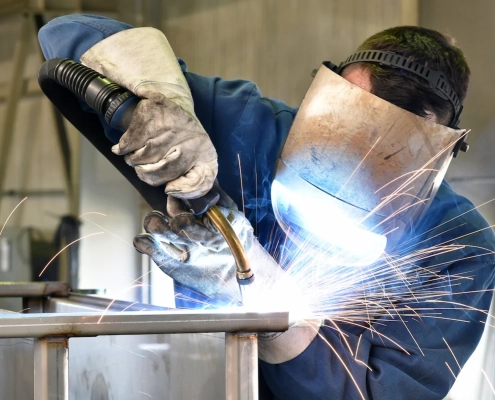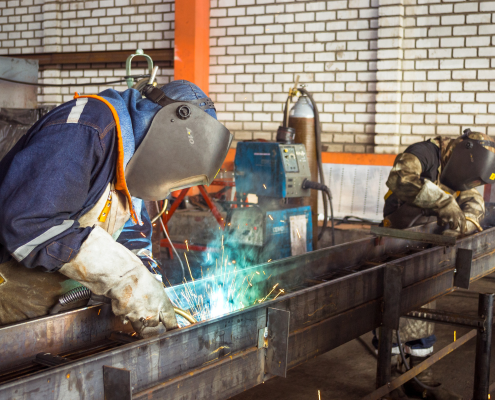Tag Archive for: TIG welding

10 Common Metal Welding Defects and How to Avoid Them
/
0 Comments
Welding is a process used to join metal parts together. When…

MIG vs TIG Welding: Which is Best for Your Project?
Welding is one of the most important processes in metal fabrication…

